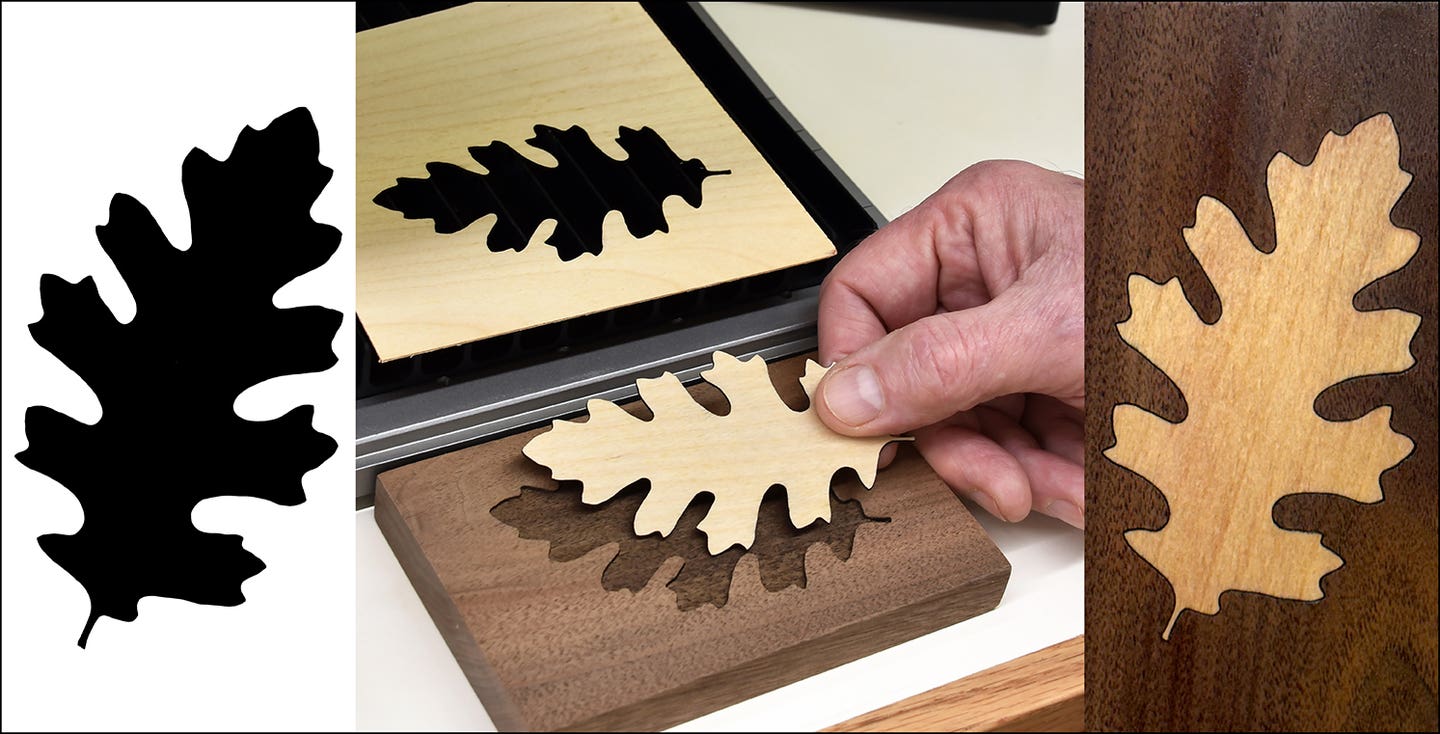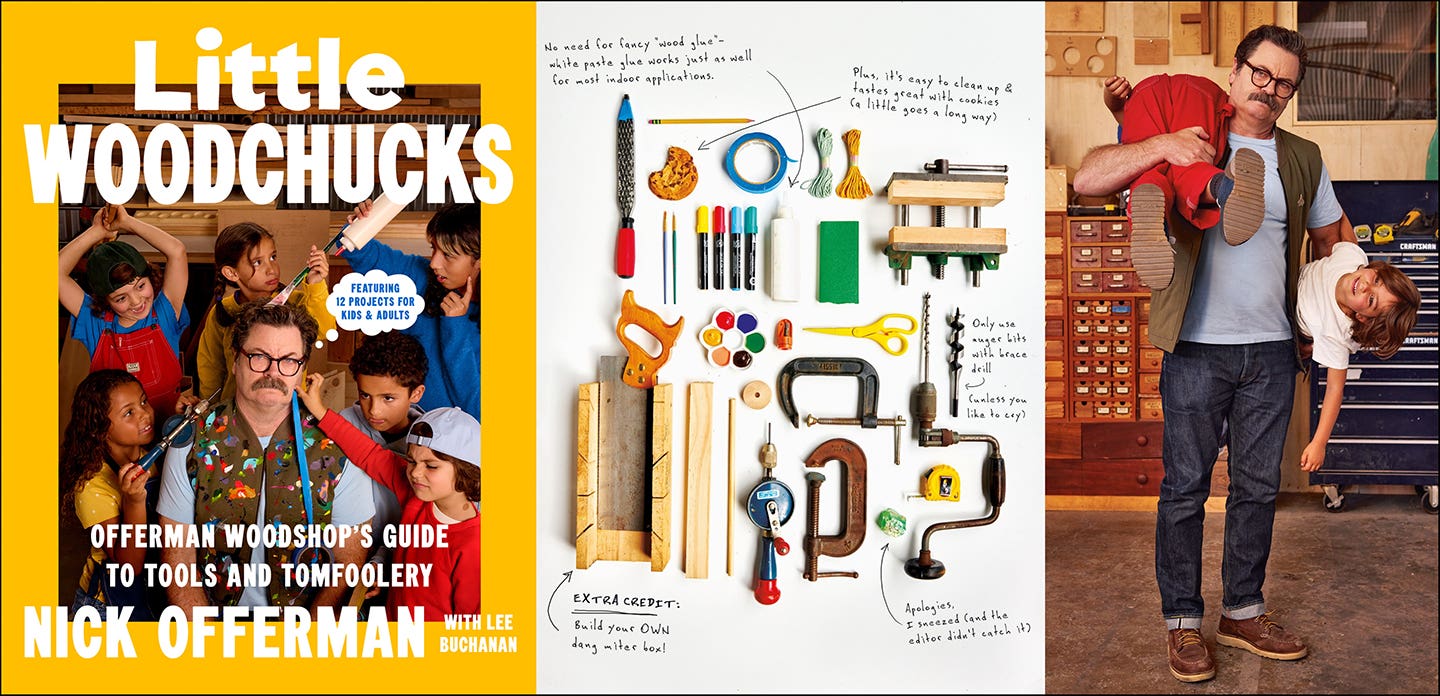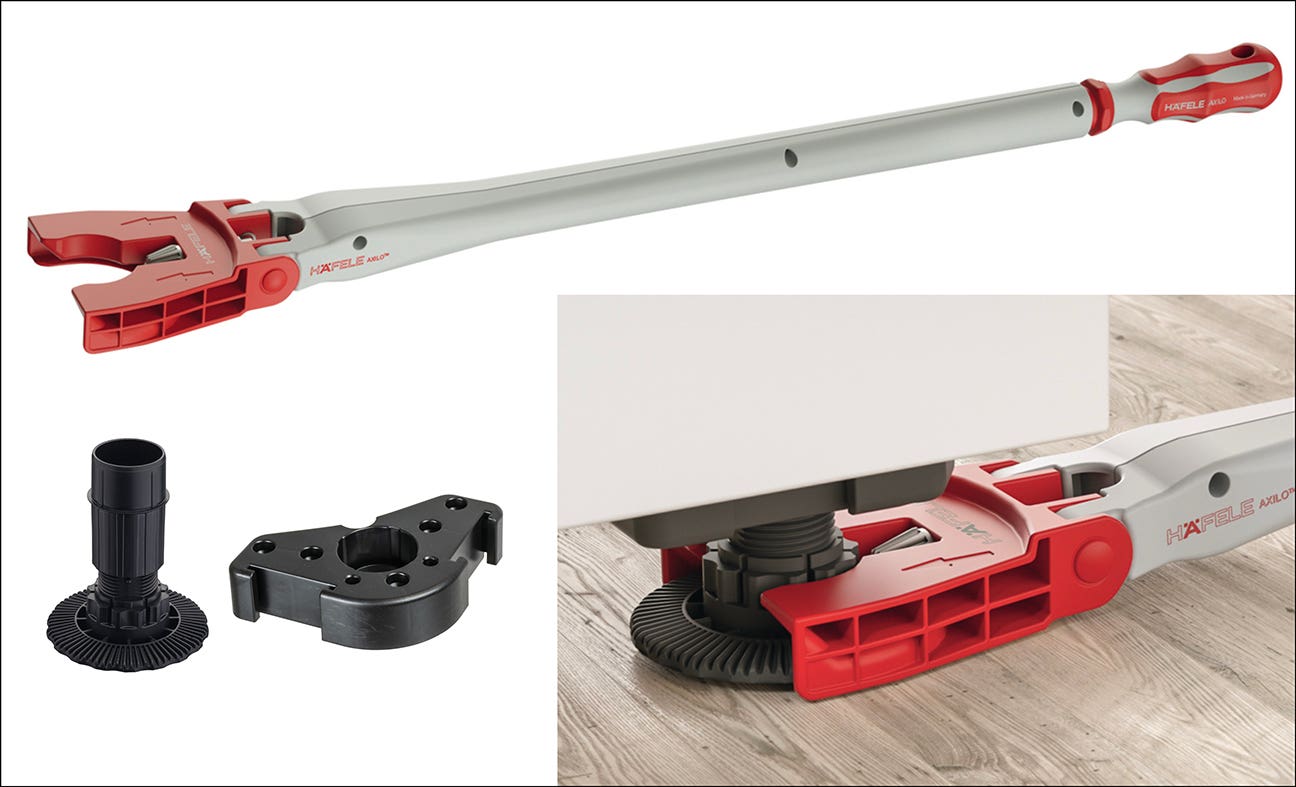Furniture prices rely heavily on intuition
I’ll bet most of you have a discount furniture store in your area. In the Northeast, one in particular buys a lot of television and radio spots and asks “Where…
I'll bet most of you have a discount furniture store in your area. In the Northeast, one in particular buys a lot of television and radio spots and asks "Where else could you get an eight-piece cherry bedroom set for less than $1,000? It's unbelievable."
{loadposition position10}
Another one of their commercials raised an interesting question. I'm paraphrasing here, but the radio spot noted that when you buy a used car and there's uncertainty about the car's value, all you need to do is consult the Kelley Blue Book. However, if you want to buy a piece of furniture, there is no reference for the going rates.
And that made me think about how furniture is priced, and more specifically how the custom furniture maker determines the price of their furniture.
Is it strictly the cost of materials and labor or are there other ingredients as well? What about finishing? What if some part of the project needs to be outsourced? Do you include unanticipated costs that pop up during the building process and pass those on to the client? Or is it better to bite the bullet and pay those charges out of your own pocket?
In any other industry, these are ridiculous questions. But woodworkers have been known to ignore the basic rules of running a business. So I picked up the phone and spoke with several custom furniture makers about how they price their work. Here's what they had to say:
"You have to put a price tag on it, but it is really, really hard," says a furniture maker from Washington. "Basically it is sort of what the market will bear and what your peers are doing. I look at labor and materials ... I used to resist that per-hour charge. I just didn't want to look at myself on an hourly basis. But the long and the short of it is that's what it comes down to. If you figure there are about 2,000 [working] hours in a year and when you look at what is left at the end of the year, that works out to an hourly figure; then you have your shop rate."
"It's basically materials, labor, finishing," adds a New Mexico furniture maker. "But mostly the way I bid is I add up materials and if it is something similar to what I have done before, I'll go back into my records and look and see how long it took me to do a similar thing and then add up step-by-step how to deal with the materials, the joinery, the sanding and that sort of thing and then I just add it all up."
"It's mostly the time and materials that we think it is going to take to go into the piece," a South Carolina reproduction furniture maker says. "We can pretty closely figure the materials, and then based on materials we can figure pretty close on the time."
I asked if they would charge a wealthy client the same price or a different price than a customer with less money.
"I wouldn't change the price, but I would try to design something fancier for the rich guy," the New Mexico maker says. "Budget definitely comes into play. If a guy has all the money in the world and wants something nice, then we start designing. We don't really talk about the price that much. But then if I am working with somebody who tells me right off the bat that they don't have that much money, then I design it around the budget at that point."
Maybe it's time for somebody to produce a Blue Book for furniture.
This article originally appeared in the June 2010 issue.







